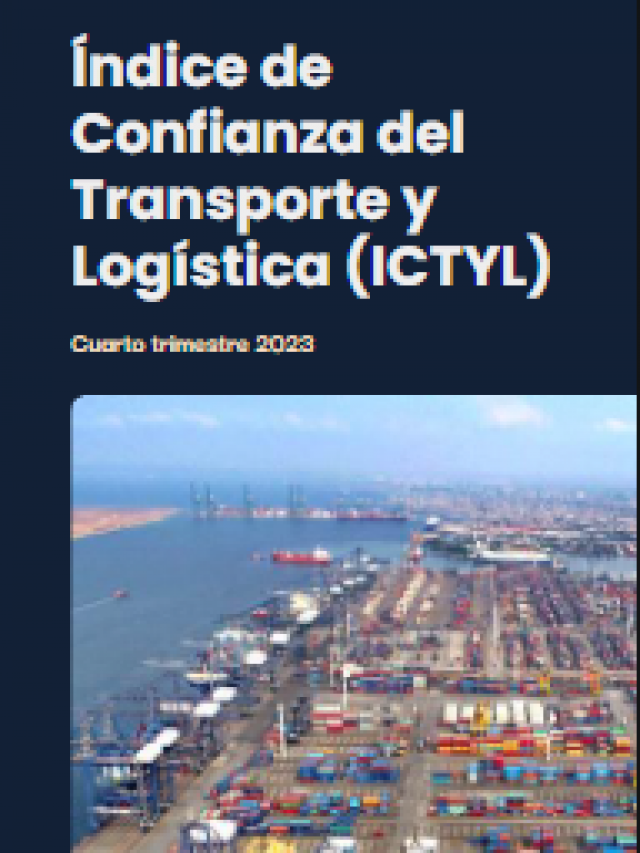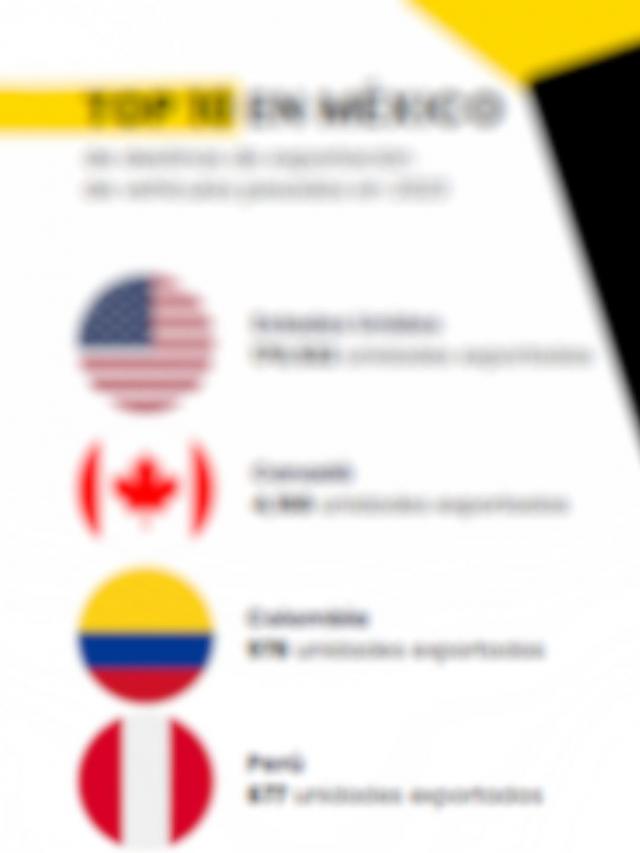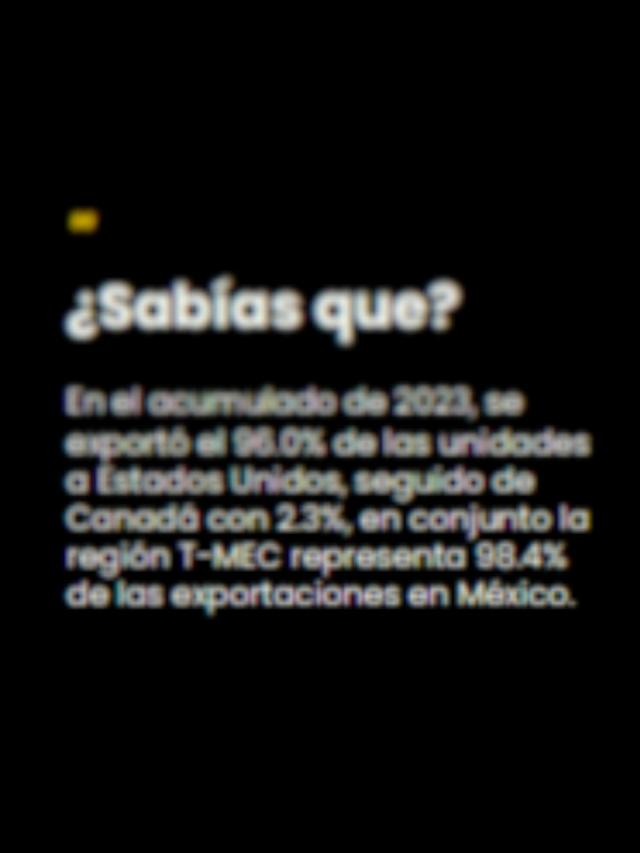 “Liberation Day” arrived this April 2nd. Donald Trump , President of the United States, has called for the implementation of a series of reciprocal tariffs on imports from other countries that, he claims, will free the United States from dependence on foreign goods , thus unleashing a war on the matter.
“Liberation Day” arrived this April 2nd. Donald Trump , President of the United States, has called for the implementation of a series of reciprocal tariffs on imports from other countries that, he claims, will free the United States from dependence on foreign goods , thus unleashing a war on the matter.
Trump has consistently threatened to impose additional tariffs on products from other countries entering the United States, and although the US president has acknowledged that this measure will affect consumers in his northern neighbor, he continues to pursue his plan. “It’s possible that in the short term, it will hurt us a little bit,” Trump said last February.
The threat of imposing tariffs has been used by the US president to boost his base and as a bargaining chip for issues beyond the economic, as he has done with Mexico, thereby exerting pressure to curb illegal migration and fentanyl trafficking into the United States.
Since taking office last January, Trump has been aggressive with his tariff threats, creating uncertainty in various global markets and causing investors to act cautiously.
Trump’s idea with reciprocal tariffs, he says, is to protect American products and boost domestic manufacturing by charging the same tariffs that other countries impose on American exports. “We’ll charge them what they charge us, it’s fair,” he said.
“We’re going to be very lenient compared to what other countries are doing,” Trump has said repeatedly, emphasizing that the tariffs he will impose will be lower than those some nations apply to American goods.
“The numbers will be lower than what we’ve been charged, and in some cases, perhaps substantially lower. In some ways, perhaps, we have an obligation to the world, so we’ll be very kind, relatively speaking, we’ll be very generous,” the US president said.
On April 1, White House press secretary Karoline Leavitt said the tariffs would take effect “immediately” after the official announcement. “The president is fine-tuning the tariff package to ensure it’s beneficial to American workers,” she noted.
The US president has indicated that the initial 25% rate could be increased over time, giving foreign companies the opportunity to relocate their operations to the United States and avoid the taxes.
The tariff measure will affect various products, including vehicles imported into the United States, whose 25% tariffs were already announced by Trump on March 26.
Despite the fact that the President of the United States has indicated that he does not want vehicles manufactured in Mexico and Canada, the United States remains the main buyer of cars manufactured in the country.
According to figures from the Administrative Registry of the Light Vehicle Automotive Industry (RAIAVL) of the National Institute of Statistics and Geography (Inegi) , in 2024 Mexico exported three million 479 thousand 086 vehicles , and two million 771 thousand 287 units were sent to the United States alone , that is, 80 percent .
According to US media, White House advisers have drawn up a proposal to impose tariffs of around 20% on most US imports. However, details on this issue will have to wait for Trump’s announcement this Wednesday.
Fitch Ratings has predicted a technical recession for Mexico as a result of Trump’s tariffs , and has also lowered its growth projection for the country in 2025.
“We anticipate a recession in Mexico, where we have cut our 2025 forecast by 1.1 percentage points to 0%,” the institution reported in its Global Economic Outlook – March 2025 report .
Meanwhile, in its Economic Outlook report, the Organization for Economic Cooperation and Development (OECD) estimated that the tariff measure would cause Mexico’s Gross Domestic Product (GDP) to contract by 1.3% in 2025 .
He also warned that if the United States’ protectionist policy continues, this contraction, projected at 0.6% by 2026, would cause an economic recession for Mexico, the only country with negative figures in this regard.
Meanwhile, Mexican President Claudia Sheinbaum has stated that she does not believe in “an eye for an eye, a tooth for a tooth,” as this always leads to a bad situation.
“We don’t believe in ‘an eye for an eye, a tooth for a tooth,’ because that always leads to a bad situation. Of course, measures are taken because measures are taken by the other side, but dialogue must continue. It’s not a matter of ‘you put me in, I’ll put you in,’ but rather what is best for Mexico and how to address this situation,” Sheinbaum emphasized. She will wait until Trump’s announcement to announce the measures her administration will take in this case, although she expects preferential trade treatment under the United States-Mexico-Canada Agreement (USMCA) .
Comment and follow us on X: @Eliseosfield / @GrupoT21















